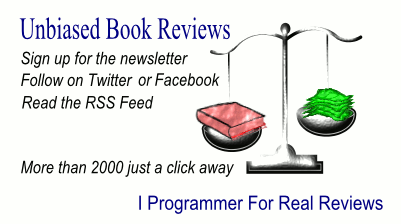|
Cloud computing has been positioned as today's ideal IT platform. However, this has been said before of other IT architectures. How is cloud different? In this book, author Clive Longbottom looks at what cloud promises now, and how cloud is likely to evolve as the future unfolds. Readers will be better able to ensure that decisions made now will hold them in good stead for the future and will gain a better understanding of how cloud can deliver the best outcome for their organisations.
Author: Clive Longbottom
Publisher: BCS
Date: Dec 2017
Pages: 172
ISBN: 978-1780173580
Print: 178017358X
Kindle: B075XG81GJ
Audience: potential cloud users
Level: intermediate
Category: Cloud Computing
The book covers:
- The cloud now
- Why cloud?
- Basic cloud platforms
- Alternative cloud platforms
- Alternative cloud models
- Main types of SaaS cloud services
- Building the right cloud
- Issues with cloud computing
- Cloud and the 'CDs'
- Creating the business case for the cloud
- Scale out, scale up, scale through
- Cloud and data
- Cloud security
- Virtualisation, shareable resources and elasticity
- Applications, virtual machines and containers
- Monitoring, measuring and managing the cloud
- Cloud Futures
Follow @bookwatchiprog on Twitter or subscribe to I Programmer's Books RSS feed for each day's new addition to Book Watch and for new reviews.
To have new titles included in Book Watch contact BookWatch@i-programmer.info
Data Structures & Algorithms in Python
Author: Dr. John Canning, Alan Broder and Robert Lafore
Publisher: Addison-Wesley
Date: October 2022
Pages: 928
ISBN:978-0134855684
Print: 013485568X
Kindle: B0B1WJF1K9
Audience: Python developers
Rating: 4
Reviewer: Mike James
Data structures in Python - a good idea!
|
Oracle PL/SQL By Example, 6th Ed
Author: Elena Rakhimov
Publisher: Oracle Press
Pages: 480
ISBN: 978-0138062835
Print: 0138062838
Audience: Developers interested in Oracle PL/SQL
Rating: 4
Reviewer: Kay Ewbank
This is the sixth edition of a well established title that has been updated for the latest version of PL/SQL (21c).
| | More Reviews |
|

